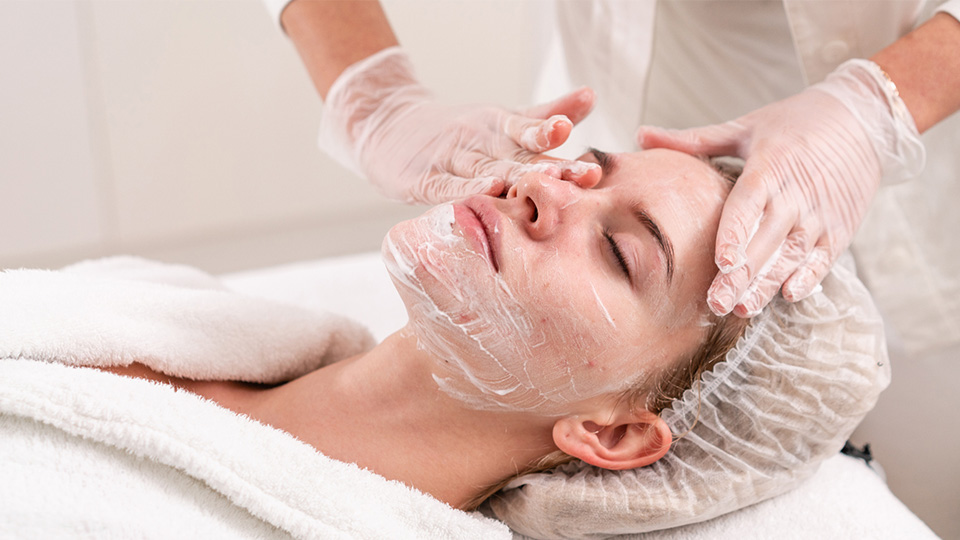The Role of Botox in Treating Hyperhidrosis
Excessive sweating, medically known as hyperhidrosis, can significantly impact one's quality of life, causing discomfort, embarrassment, and even social anxiety. While there are various treatments available,Botox Injections clinic in oman have emerged as a highly effective option for managing this condition. This article explores how Botox works in treating hyperhidrosis, its benefits, considerations before treatment, and what to expect during and after the procedure.
Understanding Hyperhidrosis
Hyperhidrosis is characterized by uncontrollable sweating beyond what is necessary for regulating body temperature. It commonly affects the palms, soles of the feet, underarms, and face, though it can occur anywhere on the body. This condition can be primary (idiopathic), with no underlying medical cause, or secondary, linked to other health conditions or medications.
How Botox Works
Botox, short for botulinum toxin, is commonly associated with cosmetic procedures to reduce wrinkles, but it also has therapeutic uses, including treating hyperhidrosis. When injected into the affected area, Botox blocks signals from the nerves that stimulate sweat glands. This temporarily prevents the glands from producing excessive sweat.
The Treatment Process
Consultation and Assessment
Before undergoing Botox treatment for hyperhidrosis, it's crucial to consult with a qualified healthcare provider. During this consultation:
- Medical History: Your medical history, including any previous treatments for hyperhidrosis or other conditions, will be reviewed.
- Examination: The extent and severity of your hyperhidrosis will be assessed to determine the appropriate treatment plan.
Treatment Administration
Once deemed suitable for Botox injections, the procedure typically proceeds as follows:
- Preparation: The area to be treated (e.g., underarms, palms) is cleaned, and a topical anesthetic may be applied to minimize discomfort.
- Injection: Using a fine needle, Botox is injected into multiple points in the targeted area. The number of injections depends on the size and location of the treatment area.
- Duration: The entire procedure usually takes about 15 to 30 minutes, making it a convenient option for many patients.
Benefits of Botox for Hyperhidrosis
Botox injections offer several advantages in treating hyperhidrosis:
- Effective Results: Many patients experience significant reduction in sweating within a few days to a week after treatment.
- Long-Lasting Relief: Results typically last between 4 to 12 months, depending on individual response and the area treated.
- Minimal Side Effects: Side effects are generally mild and temporary, such as slight discomfort at the injection site or temporary muscle weakness.
- Improved Quality of Life: Reduced sweating can enhance self-confidence and improve social interactions.
Considerations Before Treatment
Before deciding on Botox treatment for hyperhidrosis, consider the following:
- Cost: Botox injections for hyperhidrosis may not be covered by insurance and can vary in cost depending on the location and provider.
- Potential Risks: While rare, risks include allergic reactions, bruising, or asymmetry in treatment results.
- Alternative Treatments: Discuss other treatment options, such as prescription antiperspirants, oral medications, or surgical procedures, with your healthcare provider.
What to Expect After Treatment
After receiving Botox injections for hyperhidrosis:
- Results: You may notice a reduction in sweating within a few days, with full effects appearing within 1 to 2 weeks.
- Maintenance: To sustain results, follow-up treatments are typically required every few months.
- Activities: You can resume normal activities immediately post-treatment, though strenuous exercise and excessive heat should be avoided for a day or two.
Conclusion
Botox injections have revolutionized the treatment of hyperhidrosis, offering effective and relatively safe relief for those affected by excessive sweating. If you struggle with hyperhidrosis and find that traditional treatments are ineffective, Botox may be a viable solution. Consult with a qualified healthcare provider to discuss whether Botox injections are suitable for you, ensuring personalized care and optimal results.
In summary, Botox's role in treating hyperhidrosis extends beyond cosmetic applications, providing tangible improvements in quality of life for many individuals dealing with this challenging condition.



Comments
Post a Comment